Tanzania has all the exotic charm, mystique and wild flair to
evoke travellers’ imaginations. Here are 10 fun facts about Tanzania
that will make you want to visit!
1. Tanzania, the largest country in East Africa, contains the highest
mountain (Kilimanjaro) and the deepest lake (Lake Tanganyika) in
Africa. It has one of the largest elephant populations in Africa, and
current efforts – down to the Tanzanians themselves – to stop the
poaching of elephants are very successful. In the past, losses have been
catastrophic, worsened by the sale of stockpiled confiscated ivory.
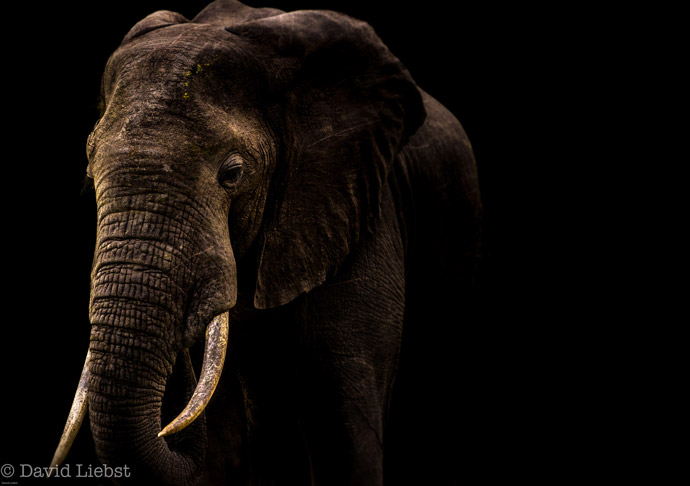
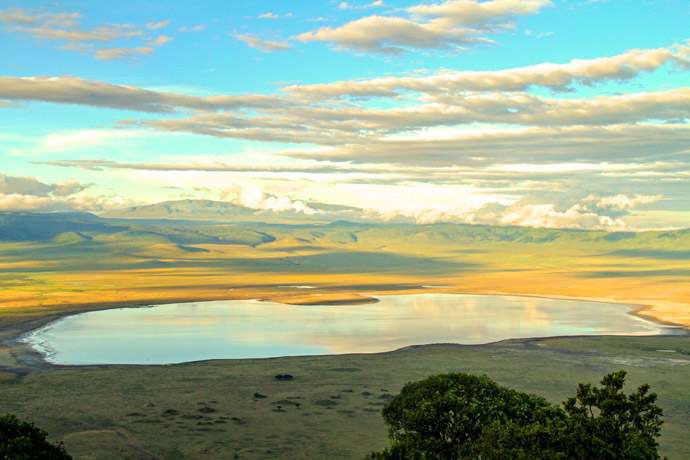
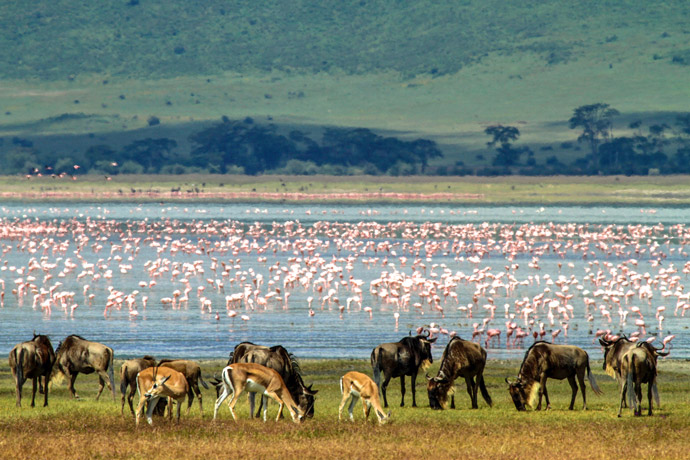
3. With more than four million wild animals, including 430 species
and subspecies, Tanzania has the largest concentration of animals per
square kilometre in the world. Tanzania contains some 20% of the species
of Africa’s large mammal population, found across its reserves,
conservation areas, marine parks, and 17 national parks,
spread over an area of more than 42,000 square kilometres (16,000mi²)
and forming a stunning total of approximately 38% of the country’s
territory. Wildlife resources of Tanzania are described as, “without
parallel in Africa” and, “the prime game viewing country”.
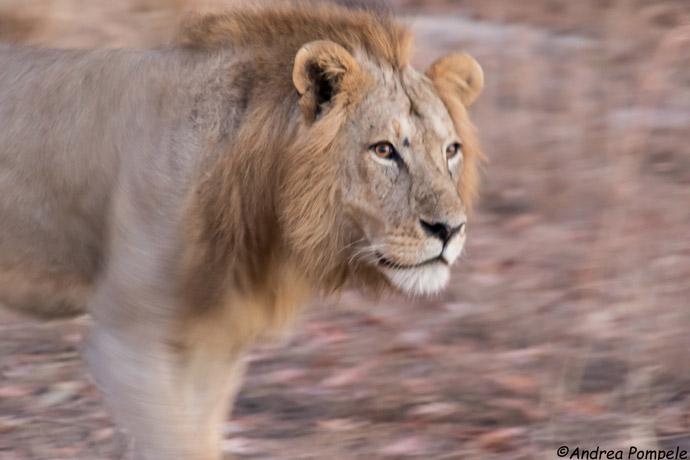
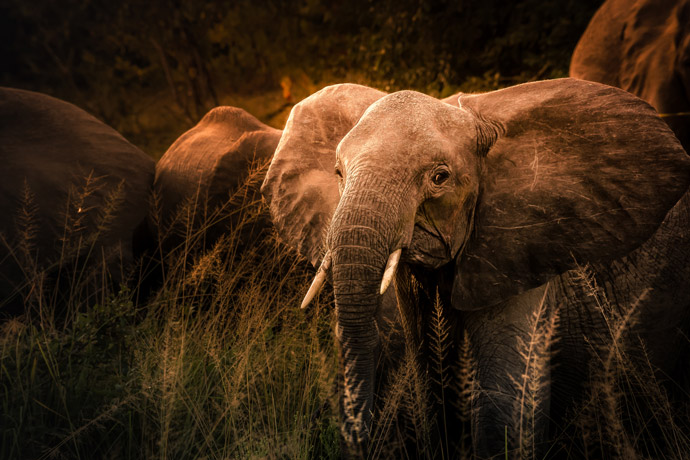
4. Of Africa’s almost 2,500 bird species, Tanzania holds over 1,100, similar to Kenya with 1106, and to the Congo with 1,130.
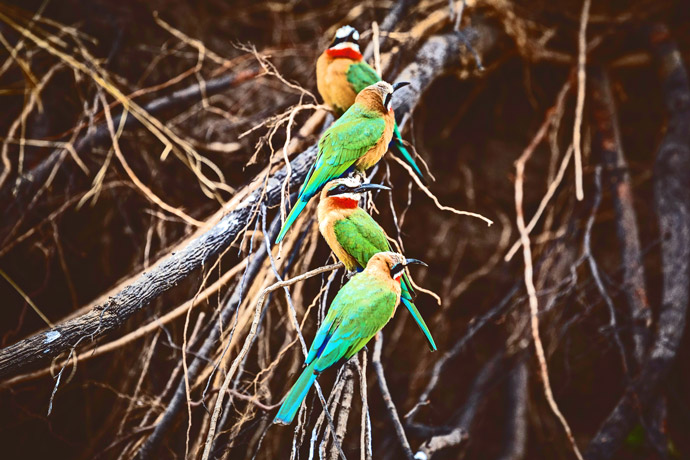
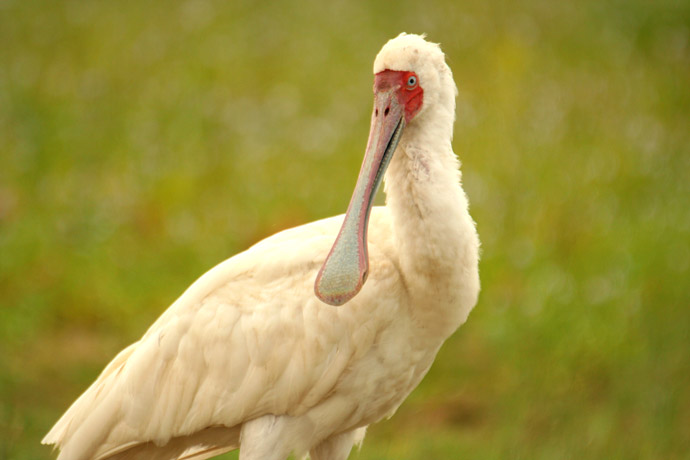
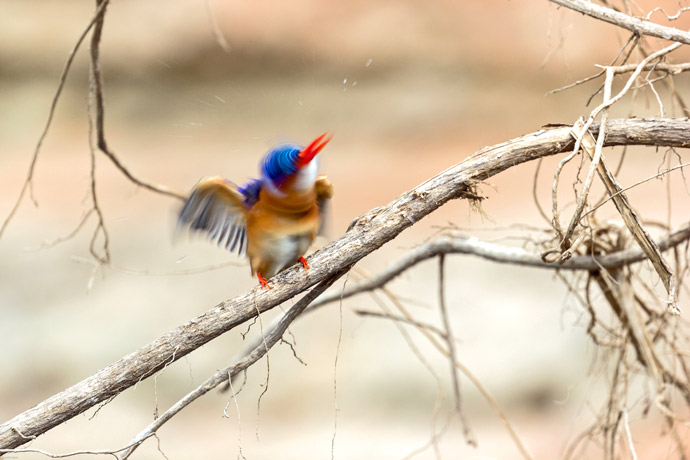
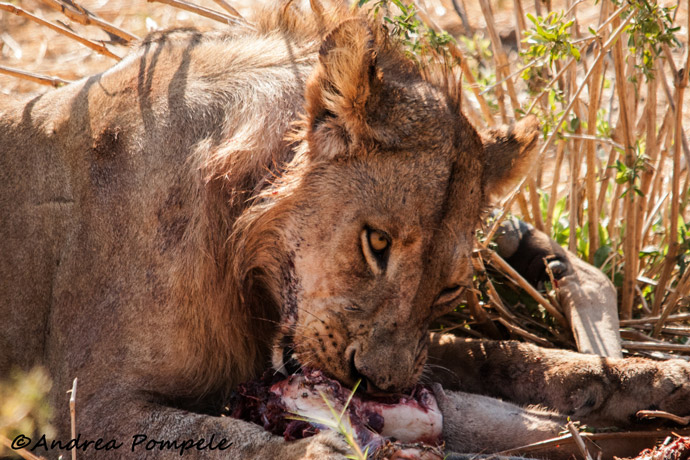
Ruaha National Park is the largest in Tanzania. The addition of the
Usangu Game Reserve and other important wetlands to the park in 2008
increased its size to about 20,226 square kilometres (7,809mi²), making
it the largest park in East Africa and larger than the Kruger National
Park in South Africa. It has over 570 bird species recorded.
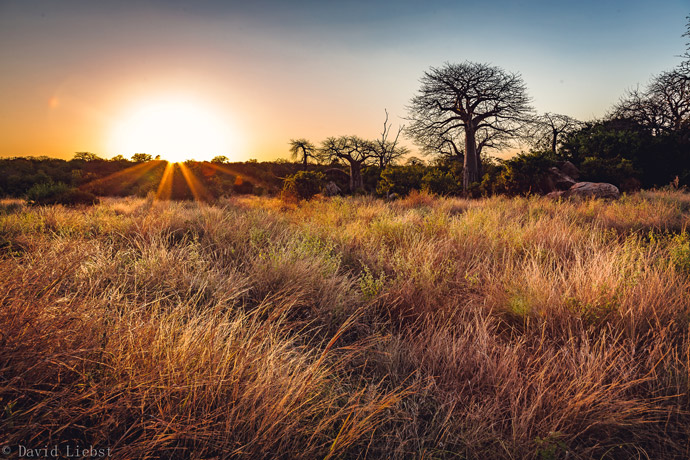
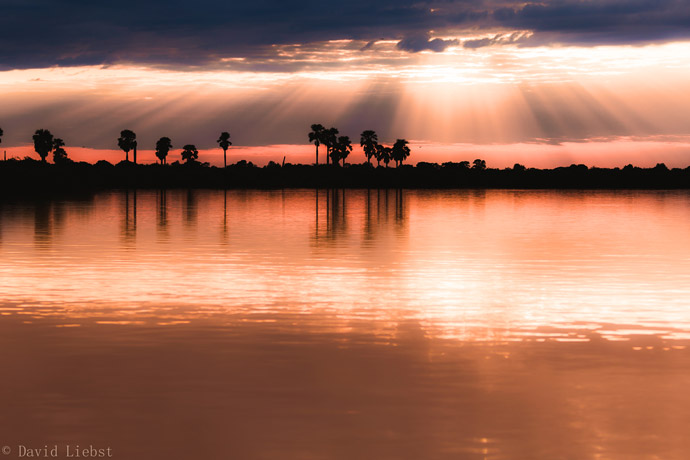
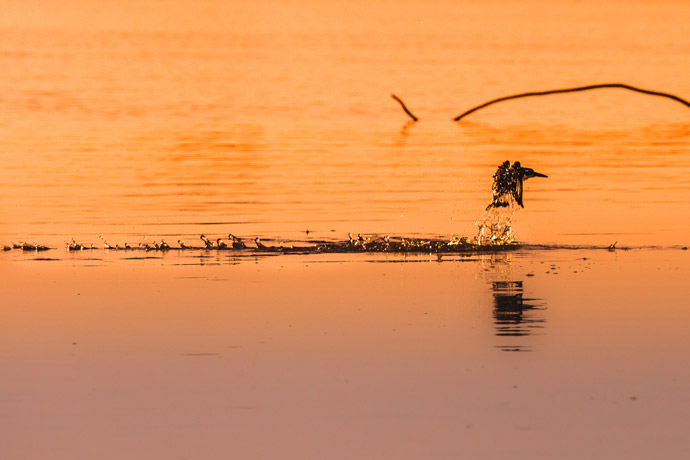
It has the largest population of African wild dogs in Africa. These
animals are one of the most endangered species in the world. Like other
dogs, African wild dogs (Lycaon pictus) are highly social. They
usually live in packs of six to twenty individuals with a dominant
breeding pair. They communicate through a variety of vocalisations,
movements and touch. The scientific name for the African Wild dog means
“painted wolf”. No two wild dogs have the same markings, which makes
them easily identifiable as individuals. African wild dogs have huge
home ranges and are constant wanderers.
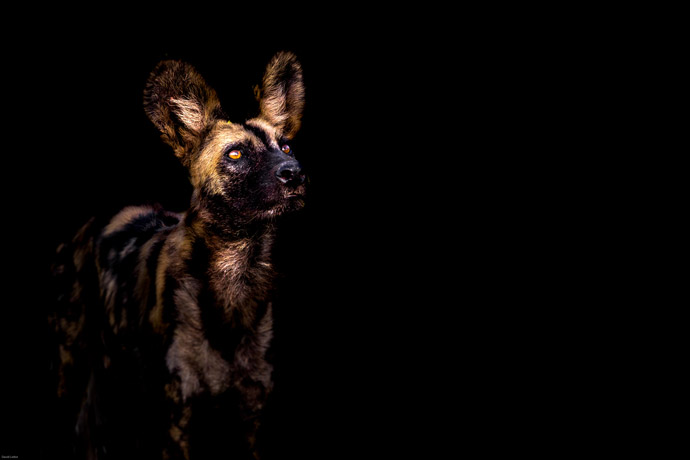
In the Serengeti, the estimated size of each pack’s territory is
1,500km². An area the size of Greater London, which is home to 7.5
million people, could therefore only support one or two African wild dog
packs. Unlike many other species, once they reach maturity, it’s the
males that stay within their natal pack, while females migrate and join
new packs.
Pups that are old enough to eat solid food are given priority at a
kill, even over the dominant pair. The dogs have a peculiar and rather
playful ceremony that bonds them for a common purpose and initiates each
hunt. They start circulating among the other pack members, vocalising
and touching until they get excited and are ready to hunt.
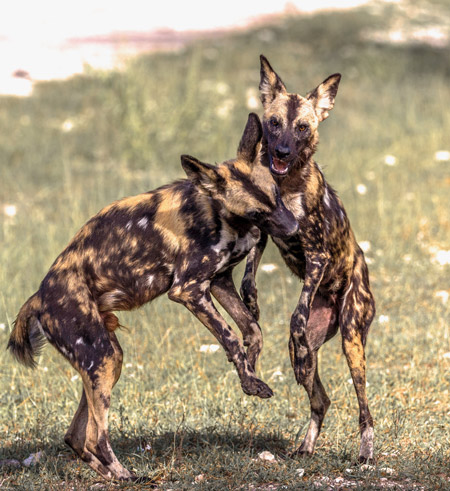
7. In 1960, Jane Goodall began the study of the behaviour of free-living chimpanzees in the Gombe National Park of Tanzania that still stands as the longest-running study of its kind in the world.
8. The Udzungwa Mountains National Park is a park without roads and is Tanzania’s first national park created primarily to protect flora rather than fauna.
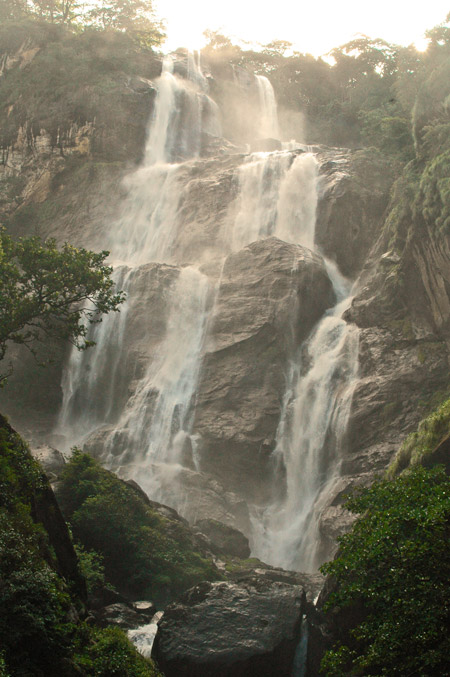
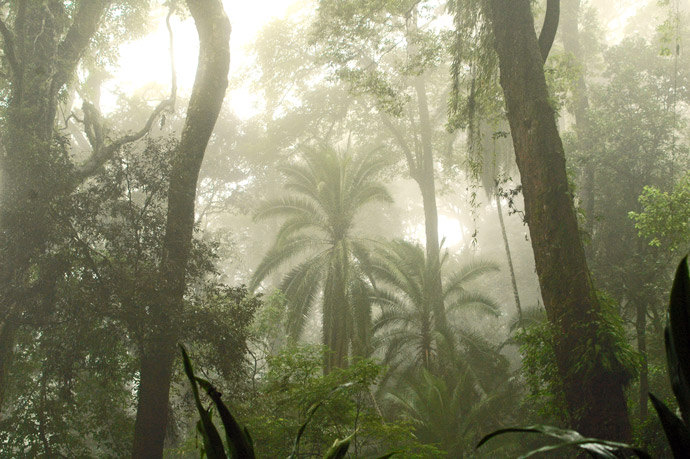
That said, The Udzungwa Mountains are one of the most important areas
in Africa for primate diversity and conservation, with two endemic
monkeys (Udzungwa red colobus and Sanje mangabey), and the near-endemic
kipunji monkey – a new genus and species discovered in 2004 and found in
Udzungwa and the southern Highlands.
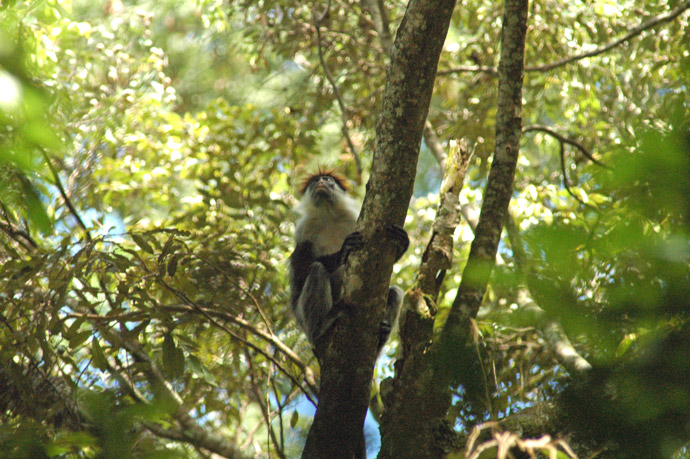
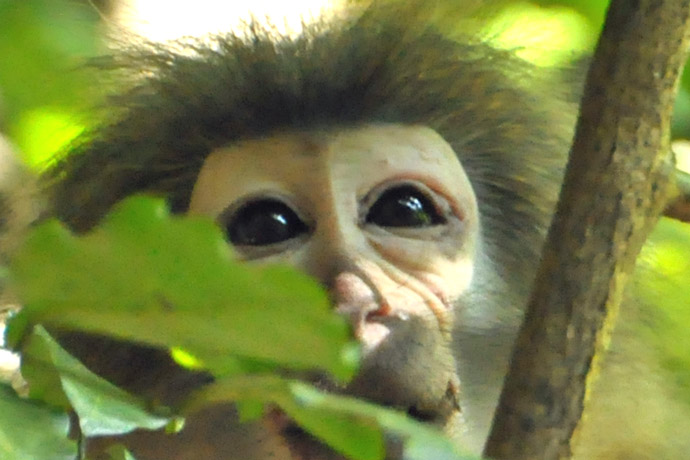
With six species of galagos, or bushbabies, the area is also of exceptional importance for nocturnal primates.
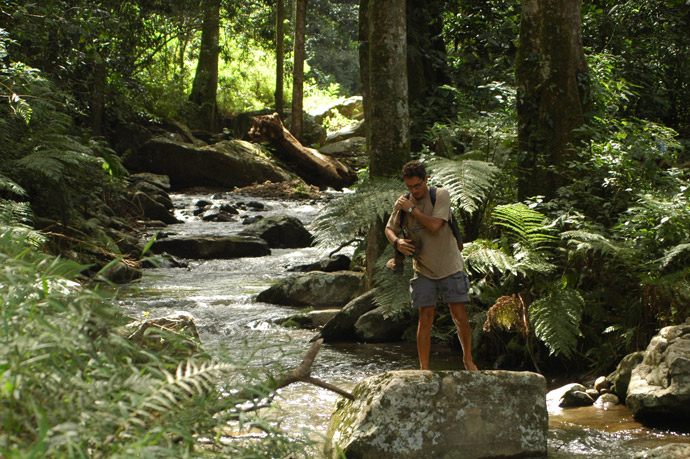
9. Zanzibar
never fails to evoke the exotic, the magic of ancient times, from early
explorers and missionaries, to slave traders and colonial rulers. All
this is mirrored in Stone Town and its historical architecture and the
rich ethnic mixture of its culture.
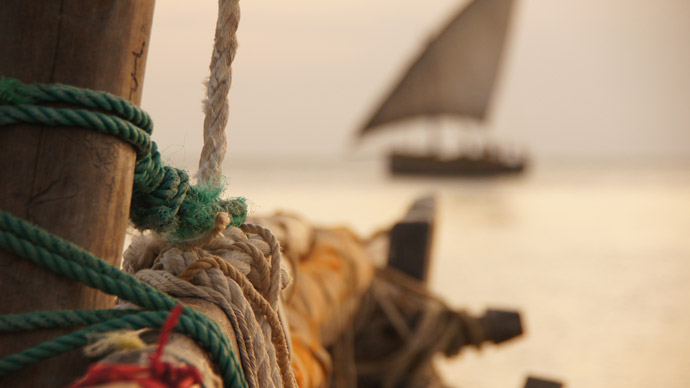
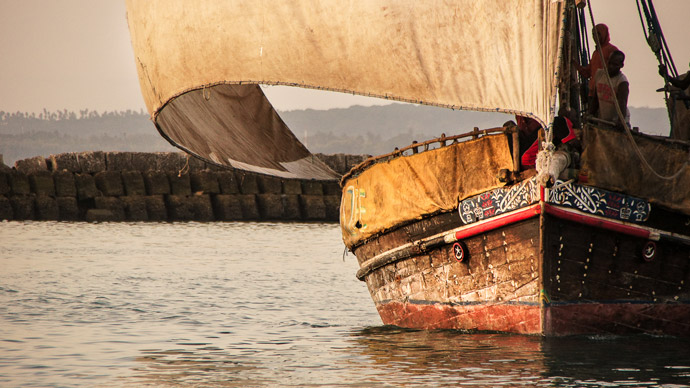

No comments:
Post a Comment